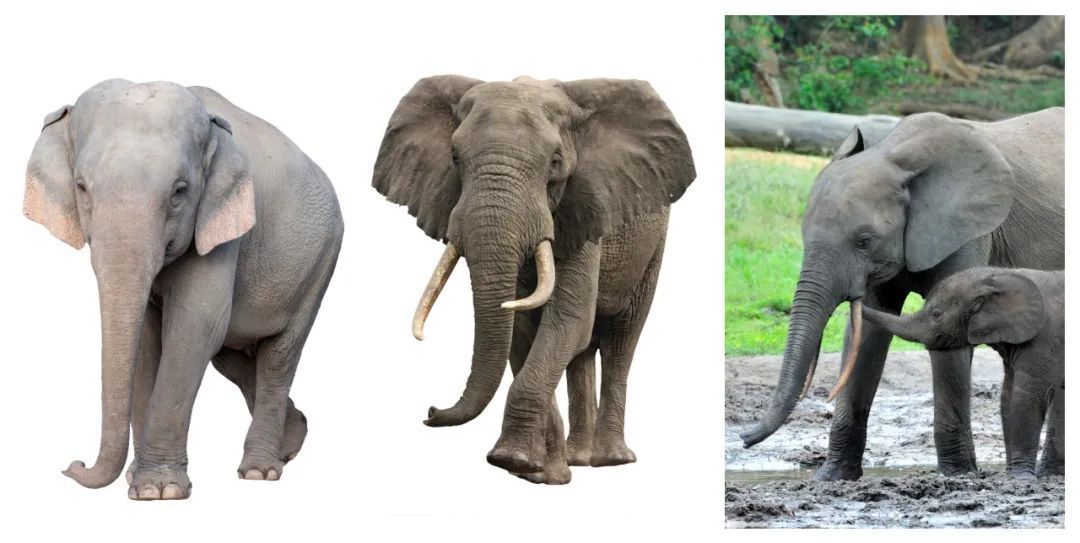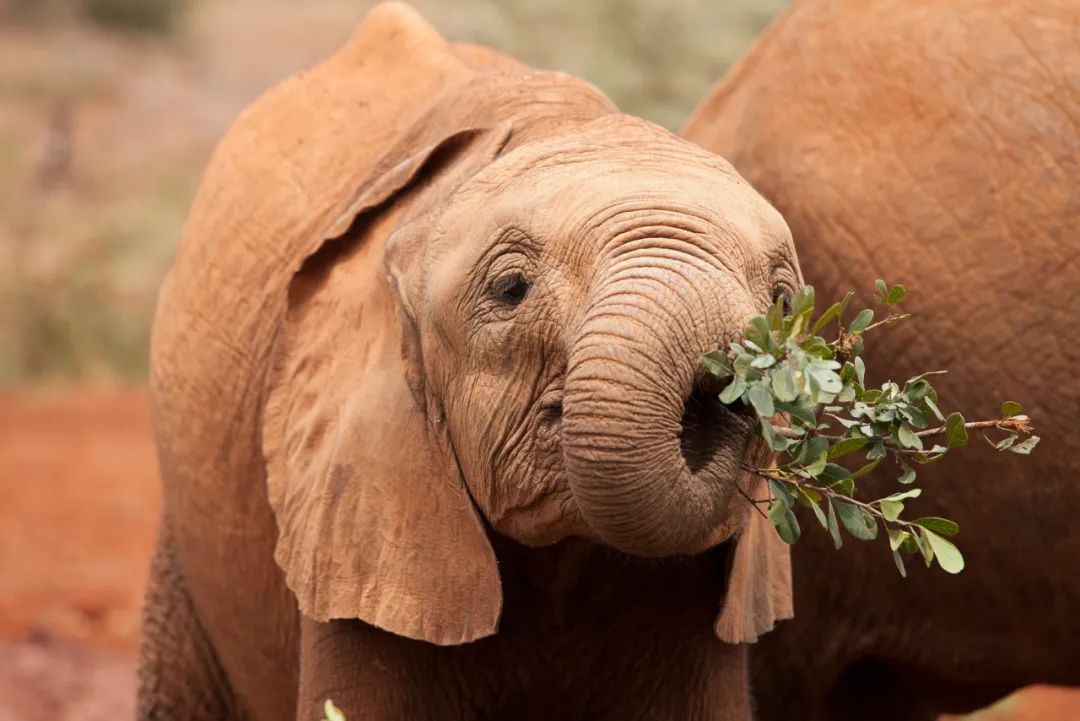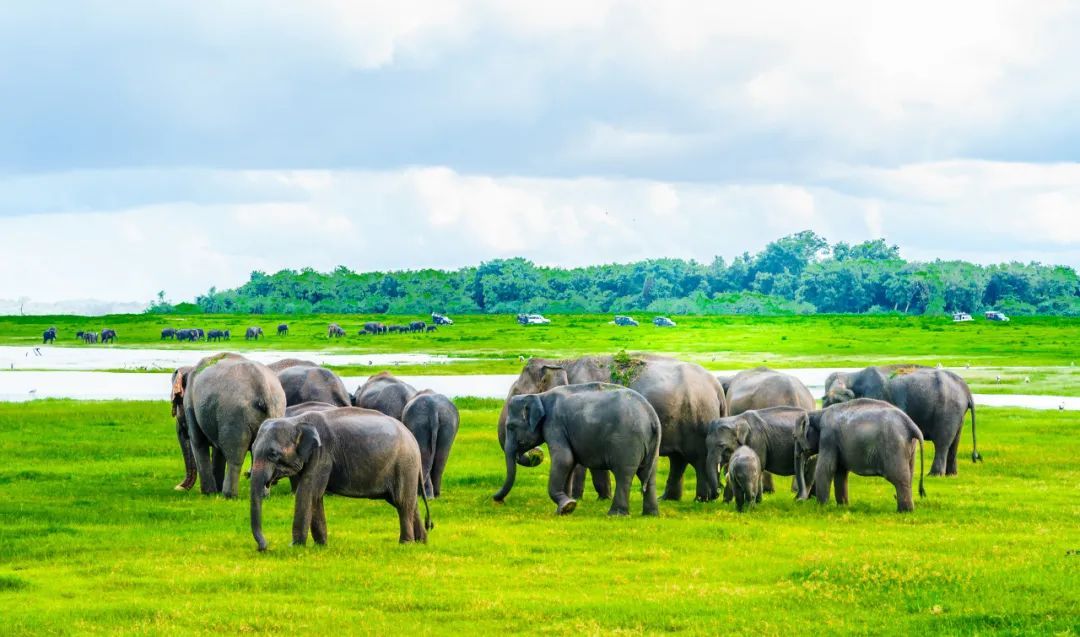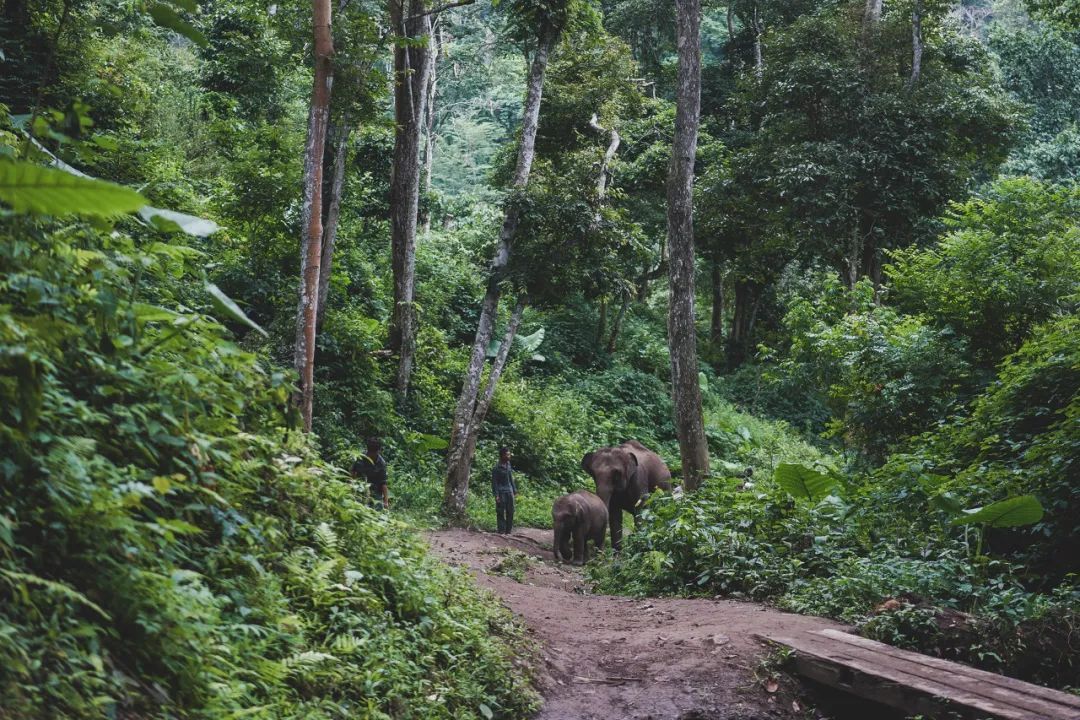How much do you know about this endangered animal that we are accustomed to?
Author:Sichuan Observation Time:2022.08.12
According to the evaluation of the "Recent of the Red List of the International Nature Conservation Alliance's Endangered Species" in 2019 and 2020, the Asian elephant and the African grassland elephant have belonged to endangered species, while the African forest elephant has belonged to extremely critical species.

For most people, this fact may be very unexpected. Elephants that will be raised in almost every zoo have long been on the road of endangered and extremely critical.
Today is the World Elephant Day. Let's take a good look at these long -nose friends.
The evolution of 60 million years, but there are only 3 types left
Elephant has become one of the most striking animals on the planet with its magnificent body shape and strange appearance. In fact, from the perspective of its unique classification position and long -term origin, elephants are indeed a miracle in the history of biological evolution. Elephant is classified as long nose. This eye has only three species: Asian elephant, African grassland phenomenon, and African forest elephant, which is far related to other animal groups.

From left to right: Asian elephant, African grassland, African forest. There are two obvious bulges on the top of the Asian elephant. The African grassland elephant and the African forest elephant have a bulge.
It is known that the earliest long -nose -oriented species are ancient elephant beasts living 60 million years ago. In the long history of the earth, long -nose eyes have evolved many members, but in such a long time, they have evolved The direction is generally consistent, and most of them have huge body shapes, long iviles and ivory. In addition to long nose, there are few animals evolved in similar forms. If the long nose is compared to a large family, it can be understood that the members of this family have adhered to their traditions since ancient times, and they have never been imitated by people outside the family.
Unfortunately, to this day, most of the species of long nose -oriented species have been extinct, and Africa is the origin of the purpose of the long nose, while the Asian elephant is the only long nose -oriented species outside Africa.
Elephant, forest farmers and ecological engineers
The unique evolutionary history makes them an irreplaceable and important role in the ecosystem. Elephants are called "forest farmers" and "ecological engineers". The activities of Asian elephants have deeply affected the plant communities in the forest, which in turn affects almost all forest species.
In tropical forests, for plants with large and small seeds such as durian and Paramita, the eating of Asian elephants is almost the only effective way for them to spread seeds. Birds and monkeys cannot carry these large fruits, while animals such as wild boars and bulls chew the seeds and make it unable to germinate. Elephants like to eat the fruits of plants, and they are not meticulous when chewing, and the digestive ability is not strong. The seeds can be discharged from the body intact with the feces. The range of elephants is also very wide. Generally, it travels more than 5 kilometers a day. When the seeds they eat are excreted after 24-48 hours, they have been taken to a far place. In Asia, there are more than 300 plants that depend on the seeds of Asian elephants.

Further research shows that the role of elephants in ecology is not limited to their inhabiting forests, and they can even fight global climate change. When an elephant moves on the ground on the forest, it will clean up some smaller saplings. This operation is similar to the "forest breeding" in forestry management, which will make the trees thinner, but each tree will grow larger, but each tree will grow greater, and each tree will grow greater. The last total biomass will increase.
Specifically, research in African tropical rain forests found that the existence of African forests will increase the biomass per hectare of forest by 26-60 tons, and increase the carbon exchange of trees by 7%. In other words, each African forest elephant can be able to Reduce carbon dioxide in the atmosphere by 9,500 tons. In the Asian forest, the Asian elephant may also play an important role. Global warming caused by greenhouse gas such as carbon dioxide is one of the major environmental crises facing humans. Now it seems that protecting elephants is also an effective means to deal with this crisis.
"Umbrella" is a concept of protecting biology, referring to species that can cover many other species of living environmental needs. Asian elephants are typical umbrellas. The scope of activity of an Asian elephant can reach hundreds of square kilometers. To support a group of Asian elephants, there must be sufficient large protected areas, and such a protected area can also provide sufficient living space for many other species.

Asian elephant group in Sri Lanka Koala National Park.
At the same time, the Asian elephant is a "flagship" that protects biology, which has strong public appeal and attractiveness. From 2020 to 2021, the Asian elephant group in the north moved from Xishuangbanna to Kunming and returned safely. It attracted the attention of the world and was the iconic event of Chinese wildlife protection. At the same time, elephants have many important functions in scientific research. For example, the P53 gene of Elephant Elephant has 20 copies, which makes the incidence of cancer in elephants very low. By studying the principle of inhibiting tumors in elephants, it is Provides new ideas.
Is my country's wild Asian elephant okay?
According to the latest data released by the Forestry and Grassland Bureau of Yunnan Province, there are about 360 wild Asian elephants in Yunnan. Compared to the total number of 50,000 heads in Asia, the number of my country does not seem to be large, but it is very important. Because from Yunnan to east or north, there are no other Asian elephant wild populations, which is already the edge of the distribution of Asian elephants.
Historically, the Asian elephant was once distributed to the Yellow River Basin of my country. Under the influence of environmental changes and human activities, it gradually retreated to Xishuangbanna, Pu'er and Lincang in Yunnan. The Asian elephant population kept a hope of revival. Moreover, in the context of the overall number of Asian elephant wild species in the world, the entire species is rated as an endangered background, it is very valuable that the Asian elephant population in my country can achieve growth is very valuable. At present, the largest Asian elephant population in my country is distributed in the Xishuangbanna National Nature Reserve Magnarian Reserve to the south of Pu'er City, and the number is around 200; The wild Asian elephant, the elephant group of these two protected areas and the neighboring country Laos have cross -border exchanges, and the total number is also more than 100. With the growth of the population and the recovery of habitats, there will be in the future with the breeding population in the future. Hope to achieve communication and form a large group.

In addition, in the area of Erhai-Lancang, and the Nanjan River National Nature Reserve in Lincang, there are also more than a dozen Asian elephants. Through the construction of corridors, manual transfer individuals, etc. Gene exchanges are also an important issue for the protection of Asian elephants in my country.
- END -
Li Le Shandong | Weihai: "Welcome to the 20th National Congress will always follow the party" Rongcheng City Celebrate "July 1" Art Exhibition
This year marks the 101st anniversary of the founding of the Communist Party of Ch...
Jiang Xidong: The development level of productivity in the Song Dynasty

Summary: To explore the development and change of social history, you should first...